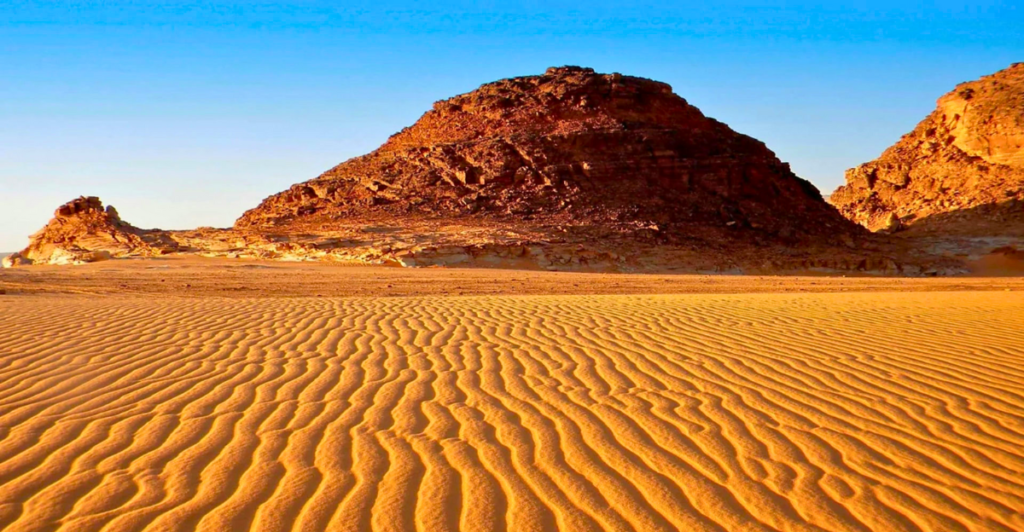
When one envisions a wall, images of towering concrete barriers or ancient stone fortifications come to mind. However, Africa’s Great Green Wall redefines this concept, presenting a living, breathing bulwark against the relentless advance of the Sahara Desert. This ambitious initiative aims to cultivate a mosaic of trees and vegetation stretching across the continent, from Senegal in the west to Djibouti in the east, spanning approximately 8,000 kilometers. Far from a mere line of trees, it symbolizes hope, resilience, and a proactive stance against climate change and desertification.
The Genesis of the Green Vision

The idea of a green barrier isn’t novel. In the 1950s, British explorer Richard St. Barbe Baker proposed a “Green Front” to curb the Sahara’s expansion. Fast forward to 2007, the African Union endorsed the Great Green Wall for the Sahara and the Sahel Initiative, aiming to address the pressing challenges of desertification, land degradation, and climate change impacts in the Sahel region. This endorsement marked the beginning of a pan-African endeavor to restore degraded landscapes and improve the livelihoods of millions.
Beyond Trees: A Multifaceted Approach
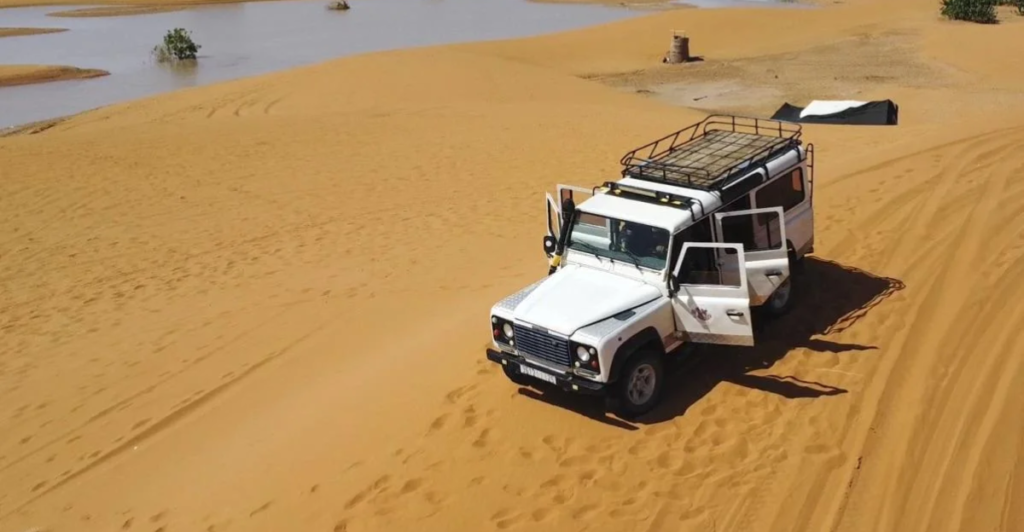
While the initial vision centered on planting trees, the Great Green Wall has evolved into a comprehensive development program. It now encompasses sustainable land management practices, water harvesting techniques, and the promotion of indigenous land use methods. This holistic approach aims not only to halt the desert’s advance but also to create a mosaic of green and productive landscapes across North Africa, benefiting both the environment and local communities.
Progress and Milestones Achieved
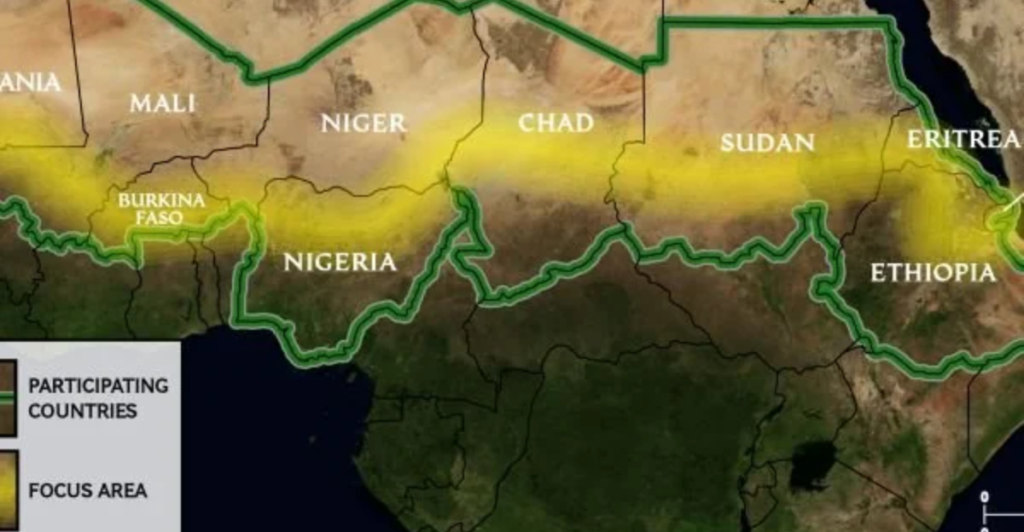
As of recent reports, approximately 15% of the Great Green Wall’s target has been achieved. Countries like Senegal, Nigeria, and Ethiopia have made significant strides. In Senegal, over 11 million trees have been planted, while Nigeria has restored 4.9 million hectares of degraded land. Ethiopia boasts the reclamation of 15 million hectares. These efforts have led to improved food security, job creation, and enhanced resilience against climate change for local populations.
Challenges on the Horizon
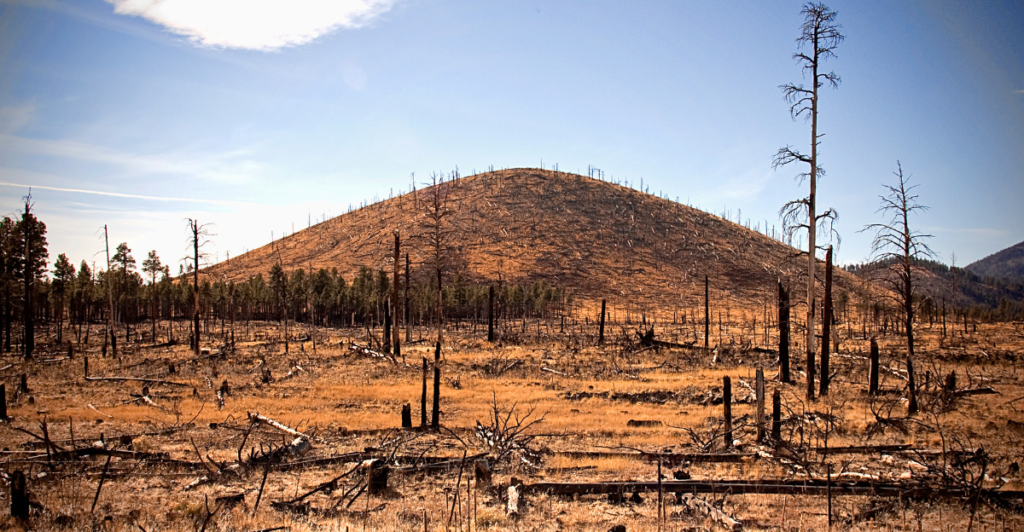
Despite the commendable progress, the initiative faces several hurdles. Funding constraints, political instability, and the sheer scale of the project pose significant challenges. Moreover, in regions like Mali, the dependence on firewood for daily survival leads to deforestation, undermining reforestation efforts. Balancing immediate human needs with long-term environmental goals remains a delicate task.
The Role of Indigenous Knowledge
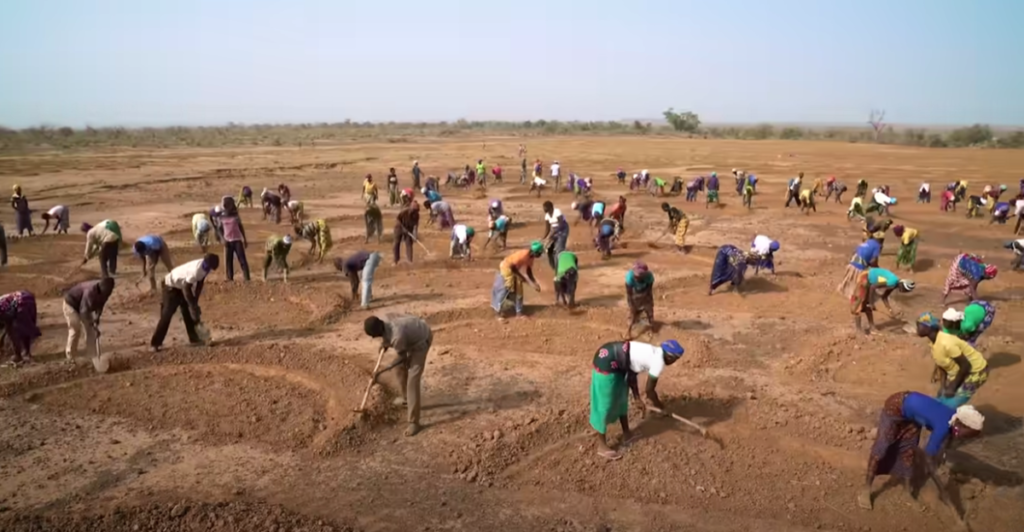
Central to the success of the Great Green Wall is the integration of indigenous knowledge. Local communities possess a deep understanding of their environment, including traditional water conservation methods and sustainable farming practices. By involving these communities and leveraging their expertise, the initiative ensures that the interventions are culturally appropriate, sustainable, and more likely to succeed in the long run.
Global Partnerships and Support
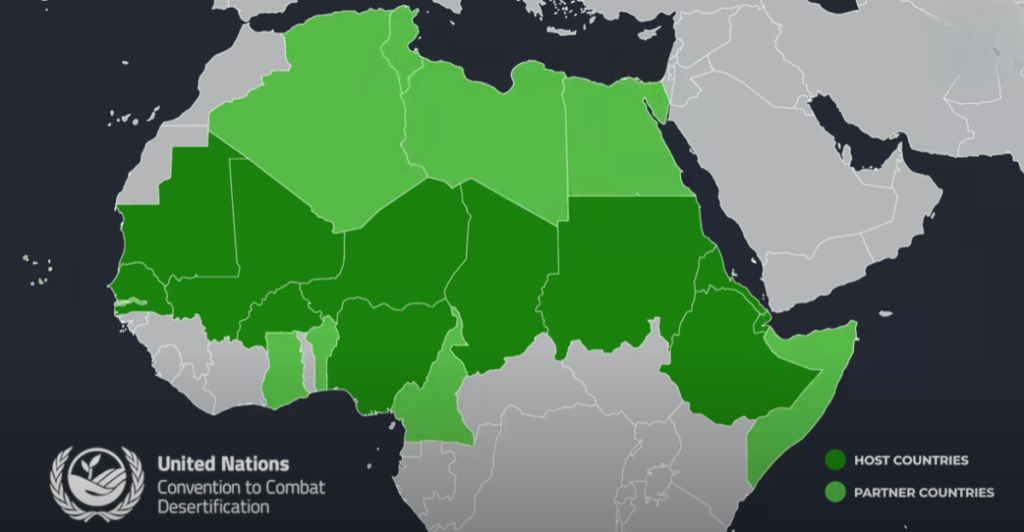
The Great Green Wall has garnered international attention and support. Organizations such as the Food and Agriculture Organization (FAO) and the European Union have been instrumental in providing technical and financial assistance. In 2021, at the One Planet Summit, partners pledged $14.3 billion to accelerate the project’s implementation, underscoring its global significance in combating climate change and promoting sustainable development.
Environmental and Economic Benefits
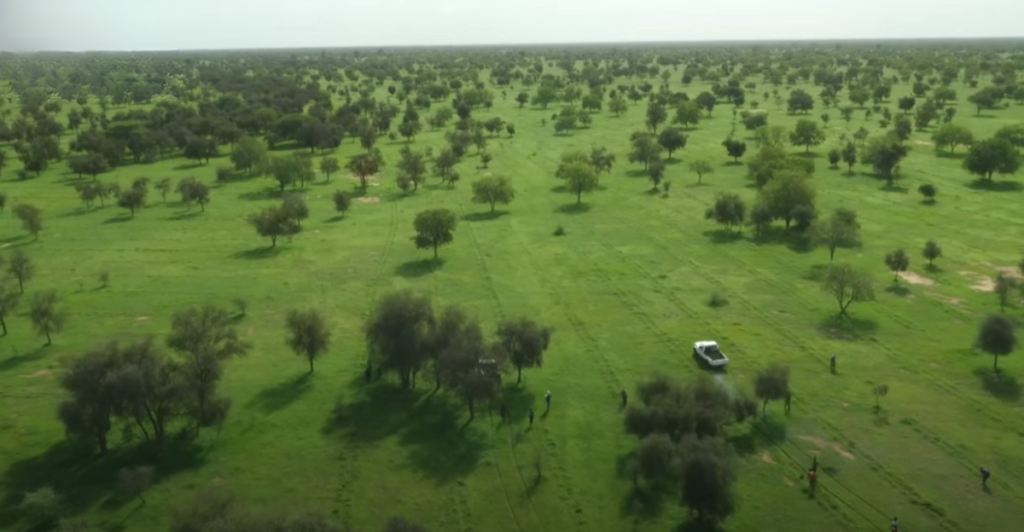
The benefits of the Great Green Wall extend beyond environmental restoration. Economically, it has the potential to create millions of jobs in rural areas, enhancing livelihoods and reducing poverty. Environmentally, the restored landscapes can sequester significant amounts of carbon dioxide, contributing to global efforts to mitigate climate change. Additionally, improved soil fertility and water availability can boost agricultural productivity, ensuring food security for millions.
A Symbol of Hope and Unity
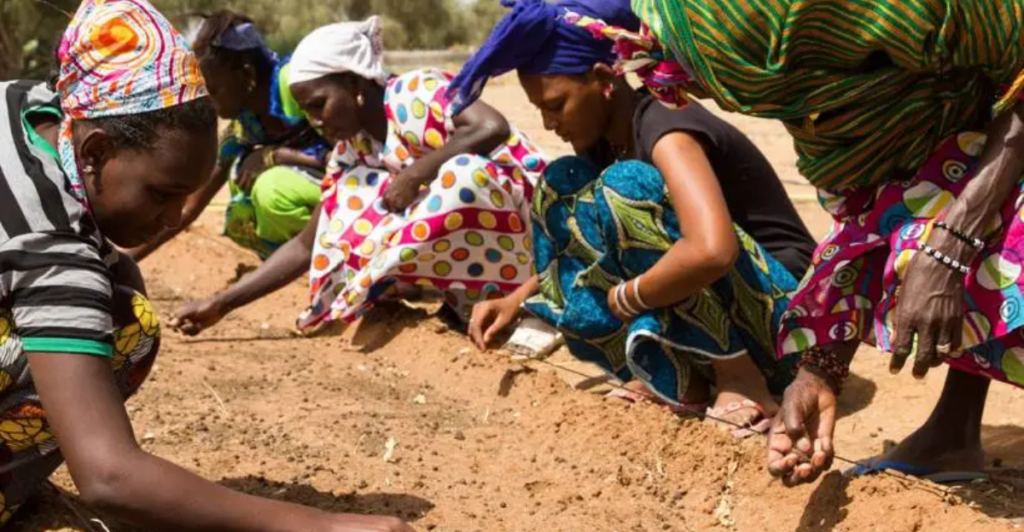
Beyond its tangible benefits, the Great Green Wall stands as a symbol of what collective action can achieve. It represents a unified response by African nations to shared challenges, showcasing the power of collaboration. Moreover, it serves as a beacon of hope, demonstrating that with determination and the right strategies, it’s possible to reverse environmental degradation and build a sustainable future.
The Road Ahead: Future Prospects
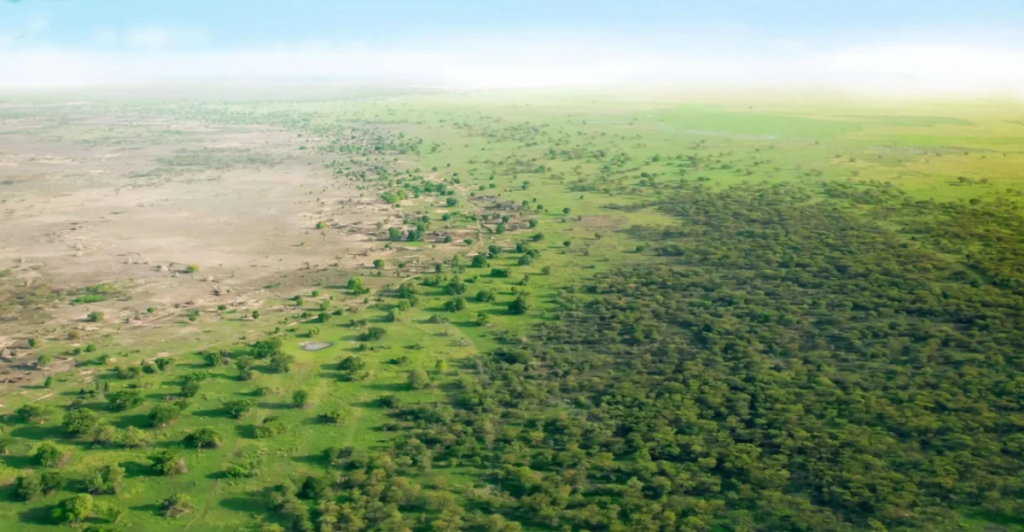
Looking forward, the Great Green Wall aims to restore 100 million hectares of degraded land by 2030, capture 250 million tonnes of carbon dioxide, and create 10 million jobs. Achieving these ambitious targets will require sustained commitment, innovative approaches, and continuous support from both African nations and the international community. The journey is challenging, but the potential rewards make it a venture worth pursuing.
Lessons Learned and Best Practices
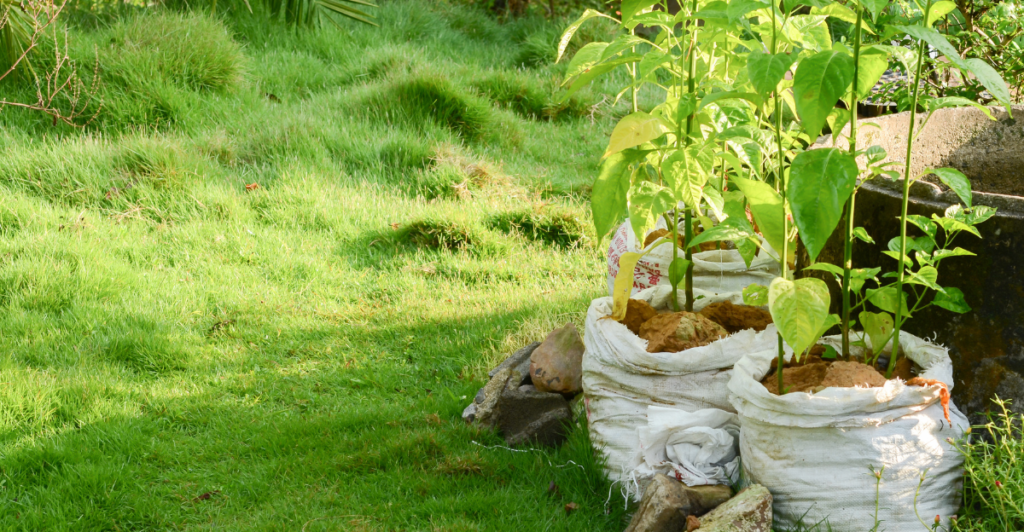
The journey of the Great Green Wall offers valuable lessons. One key takeaway is the importance of community involvement; projects that actively engage local populations tend to be more successful and sustainable. Additionally, flexibility in approach—adapting strategies based on on-ground realities and feedback—has proven crucial. Emphasizing a combination of tree planting with other land restoration techniques has also been more effective than a singular focus.
Addressing Criticisms and Misconceptions
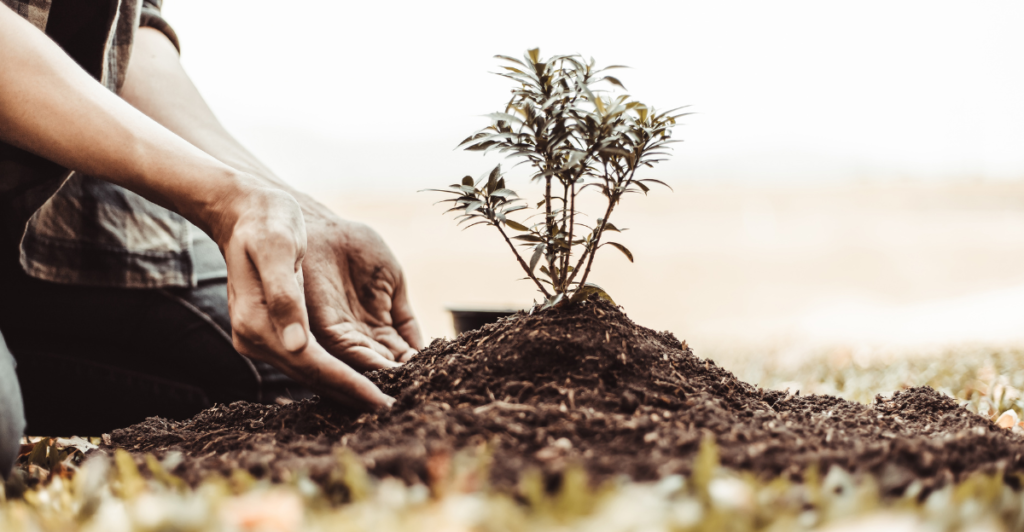
Like any large-scale initiative, the Great Green Wall has faced criticisms and misconceptions. Some argue that the focus on tree planting oversimplifies the complex issues of desertification. Others point to instances where planted trees have failed to survive due to inadequate maintenance. Addressing these concerns involves acknowledging shortcomings, learning from past mistakes, and continuously refining strategies to ensure long-term success.
A Living Legacy in the Making
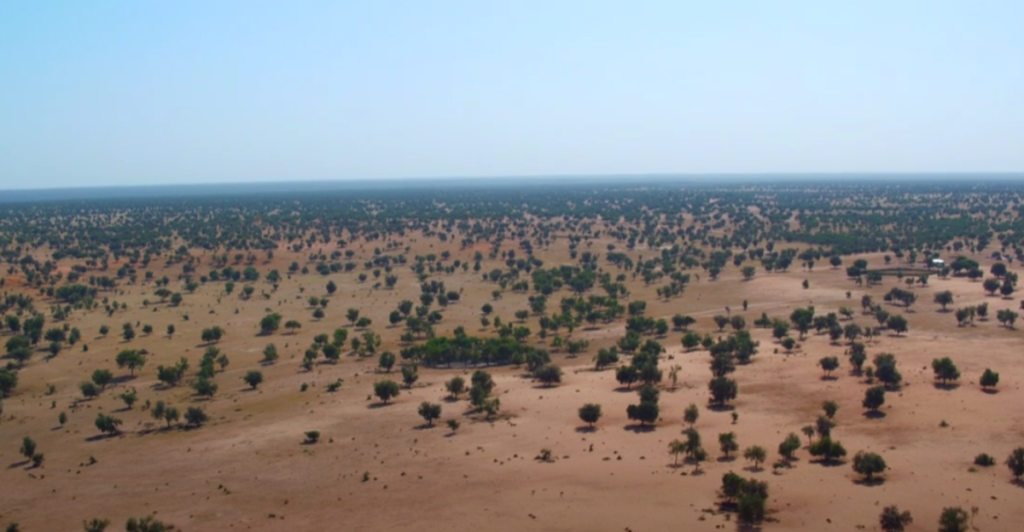
The Great Green Wall is more than an environmental project; it’s a legacy in the making. It embodies the resilience and ingenuity of the African people, turning the tide against desertification and climate change. As it continues to grow, both literally and figuratively, it offers a blueprint for sustainable development and a testament to the power of collective action. The journey is far from over, but each step taken brings the vision of a verdant, thriving Sahel closer to reality.
Discover more of our trending stories and follow us to keep them appearing in your feed

California Is Breaking Apart: A Fault Line Is Forming Faster Than Anyone Predicted
Lake Shasta’s Remarkable Comeback From Drought Captured in Stunning Images
After 800 Years of Silence, This American Volcano Shows Signs of Activity
How 1,200 Goats Are Reducing Colorado’s Wildfire Risk—One Bite at a Time
References:
Reference 1
Reference 2
This article first appeared here
Stay connected with us for more stories like this! Follow us to get the latest updates or hit the Follow button at the top of this article, and let us know what you think by leaving your feedback below. We’d love to hear from you!







